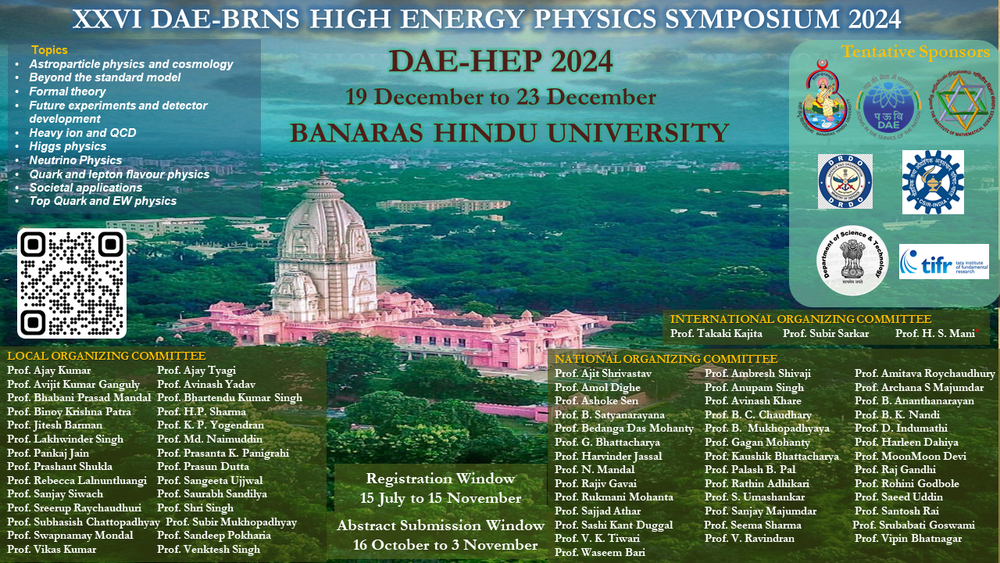Speaker
Description
This study presents the development of indigenous resistive paints for application in high-energy physics (HEP) experiments, particularly in resistive plate chambers (RPCs). The aim is to create an affordable and effective conductive coating to enhance the efficiency and positional resolution of RPC detectors. Observations indicate that the resistance of the paint fluctuates during drying, attributed to the evaporation of the dispersing agent and graphite settling, eventually stabilizing when dry. Lower graphite concentrations result in higher resistivity, affected by measurement variability and external factors, while increased graphite content progressively reduces resistivity, showing saturation at higher concentrations. This work also investigates the impact of environmental parameters, such as temperature and humidity, on the resistivity of the coating, as well as the effect of varying thickness on coating resistivity. Additionally, this novel coating demonstrates the potential for applications in EMI/RFI shielding, expanding its utility across diverse technological fields. To further enhance consistency and performance, advanced application techniques, such as spin and dip coating, alongside optimized mixing methods, are being also explored.
| Field of contribution | Experiment |
|---|

